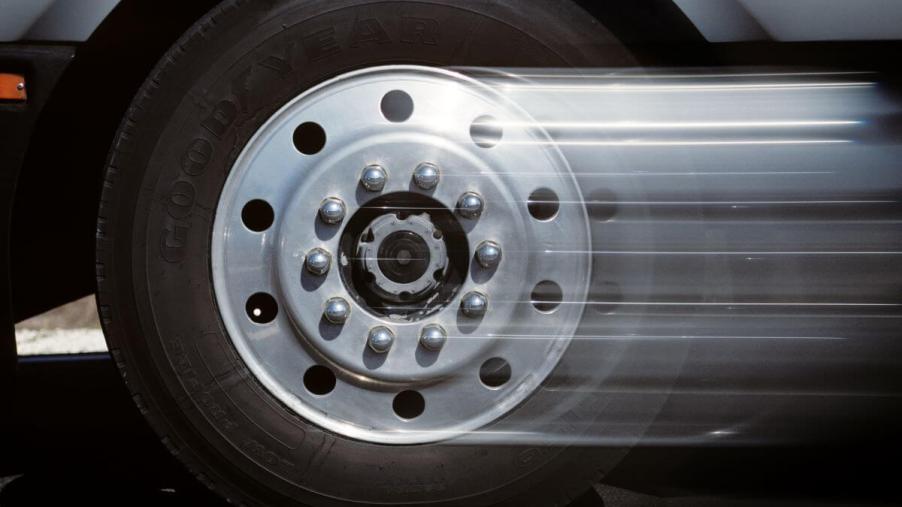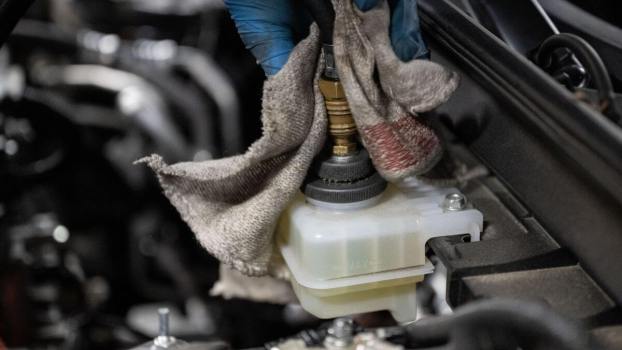
What’s the Difference Between Hubcaps, Rims, and Wheels on a Car?
When it comes to where the rubber hits the road on your vehicle, there is a considerable amount of jargon thrown around in the industry. From hubcaps to wheels and “rims” to “steelies,” what exactly do all of these terms mean? Do different types of wheel components aid in the performance or maintenance of your vehicle?
Today, regarding hubcaps, rims, wheels, and more, here is everything you need to know to get rid of all of the confusion when it comes to what all of these wheel-related terms mean and what upgrading each of these components can do to get more out of your car.
The material and components of a car wheel
According to ClickItWheels, the wheels found on your car are comprised of a few different parts. The first and most obvious component is the tire, which is the rubber part of your tire where the rubber meets the road. Next is the rim, which is the outer metal part of your wheel where the tire meets the wheel itself. Last is the hub, which is where the wheel is bolted onto your car. The hub usually has four or five bolts that hold the wheel on, but larger vehicles may have even more. In current automotive culture, many people refer to aftermarket wheels as “rims,” although technically speaking, the rim itself is only the outer part of your wheel.
When it comes to construction, wheels generally come in three primary materials: steel, aluminum, and carbon fiber on some high-end vehicles. Steel wheels, or “steelies,” are the cheapest option but often the heaviest type. Aluminum or alloy wheels are fantastic and much lighter than steel wheels, but they are more delicate and can be damaged more easily. Carbon fiber wheels are the most lightweight wheels on the market, but they are impossible to repair if they get damaged and are the most expensive.
Are some wheels better than others?
When it comes to what a wheel is made of, there is no way to go wrong. It often comes down to what you are willing to spend and what kind of driving you plan on doing.
Steel wheels are a favorite for cheap, basic vehicles due to their strength. They can be abused on the streets and driven in harsh conditions with no issues, so nearly every police vehicle you see on the road today will have basic steel wheels. Steel wheels are often outfitted with a hubcap. America’s Tire explains that hubcaps are simply made to cover the hub on a steel wheel. This keeps the lug nuts or wheel-bearing hub from taking any damage while driving and also keeps any dust and debris from getting inside the assembly. On the other hand, wheel covers are larger versions of traditional hubcaps that cover the entire wheel, making the wheels look much better than conventional steel wheels.
Alloy wheels, like those made from aluminum and magnesium, are better if you can keep them from getting damaged. Alloy wheels are often much lighter, to the point where they improve your vehicle’s fuel economy. Alloy wheels also look much better and can be crafted into awesome designs. With this malleability comes a risk because these wheels can be cracked or damaged relatively easily. If this damage occurs on the rim, you may not be able to reuse the wheel, leading to you needing a whole new set of alloy wheels. This has led some drivers to have an alloy wheelset for summer driving and a steel wheelset for winter driving.
Lastly, while boasting impressive performance, carbon fiber wheels are only suitable for track use or very high-performance driving due to their high purchase cost and lack of maintenance options.
Regardless of which type of wheel you choose, you now know what each component of an automotive wheel does and what makes each one so important!




